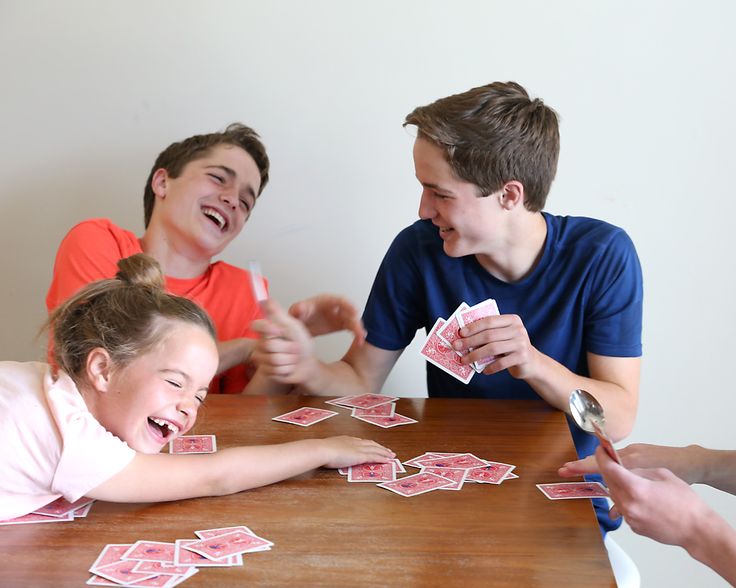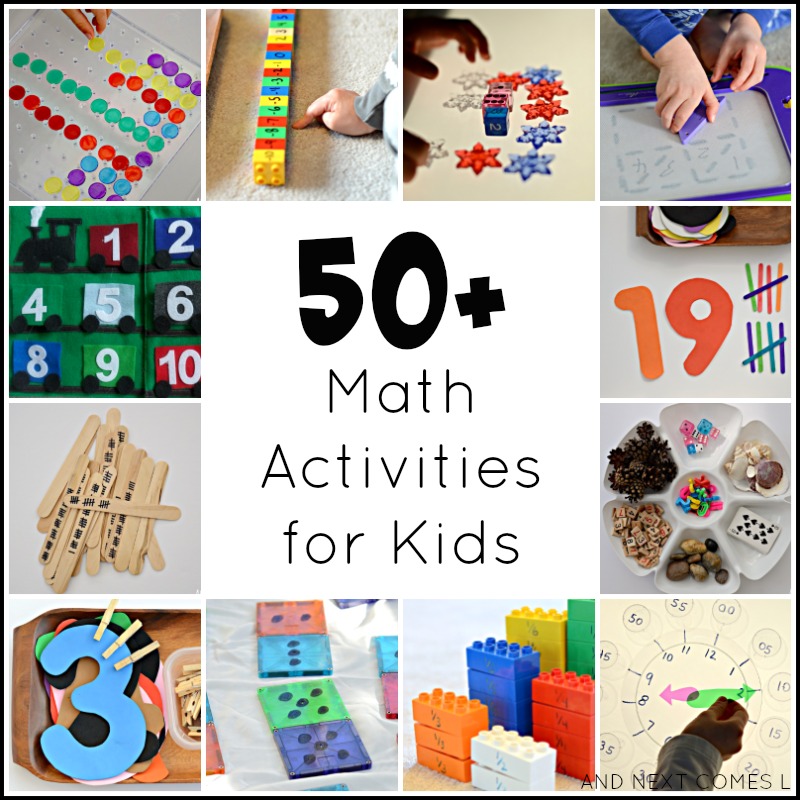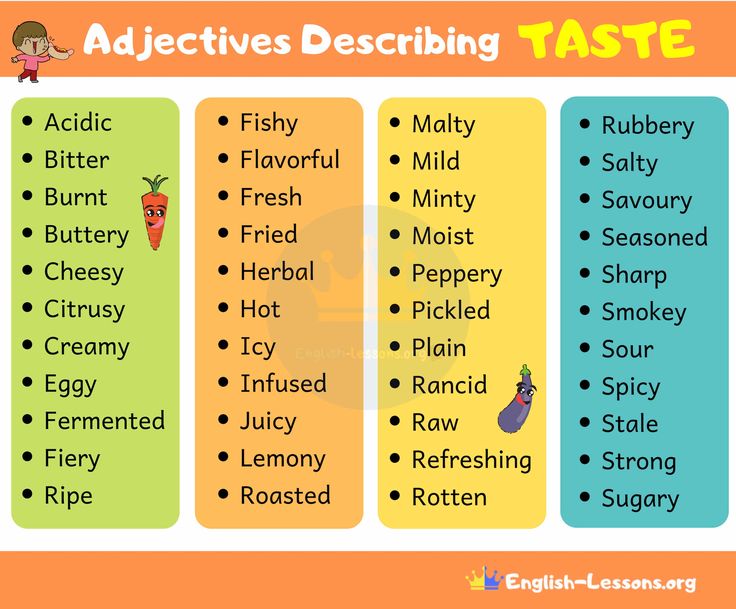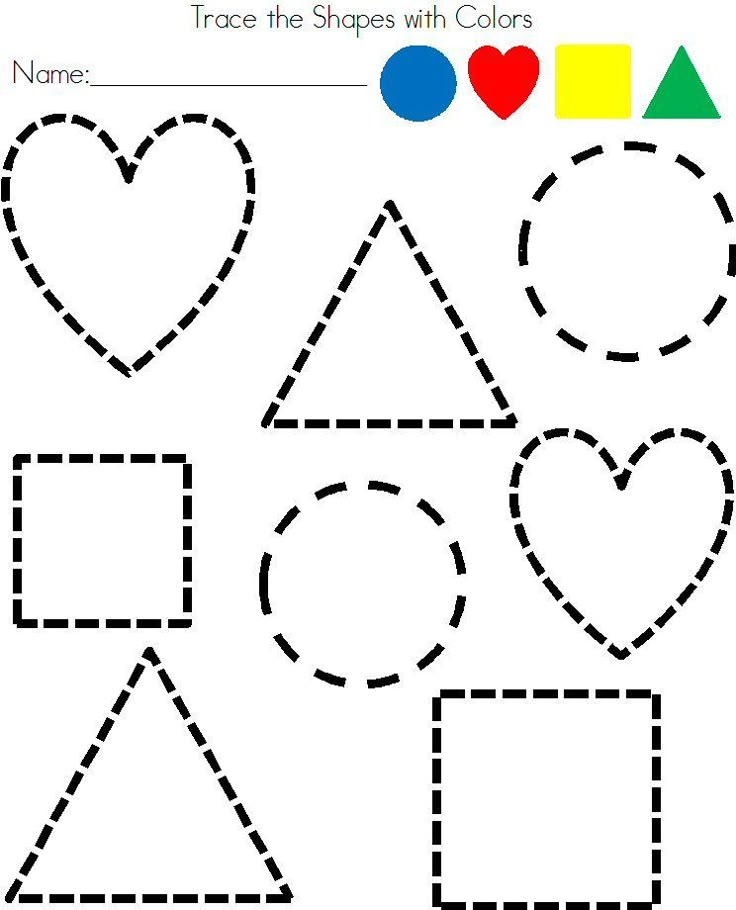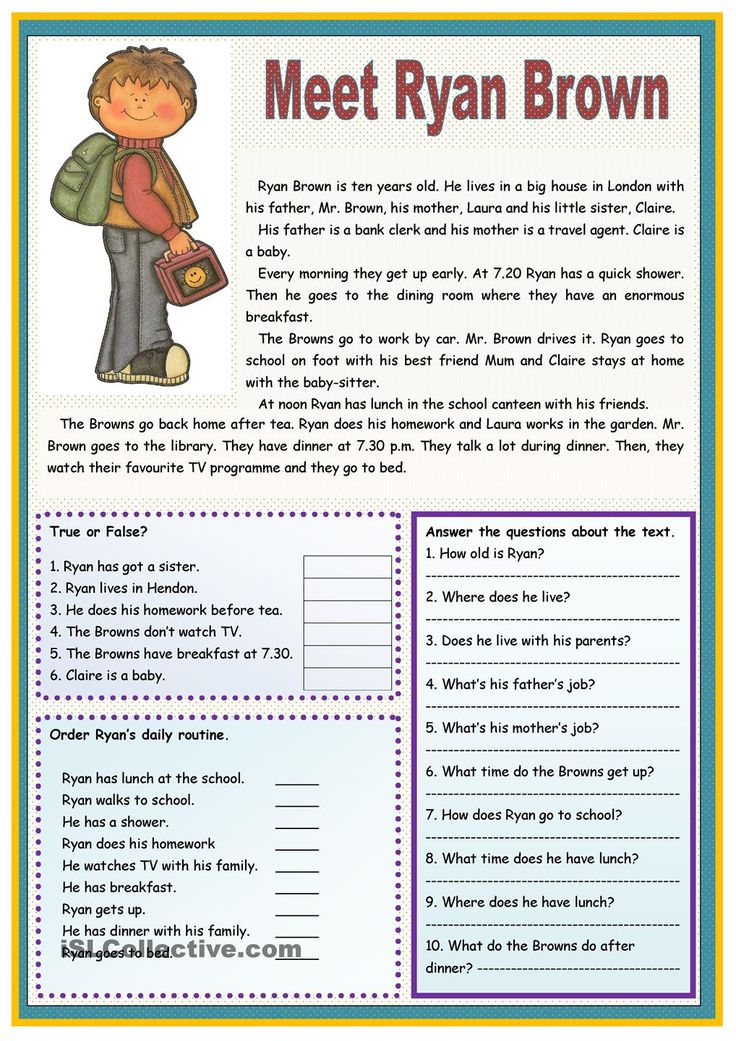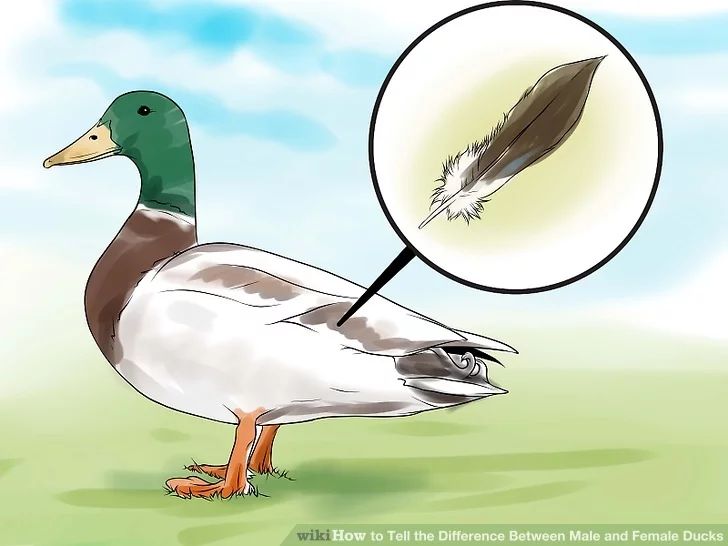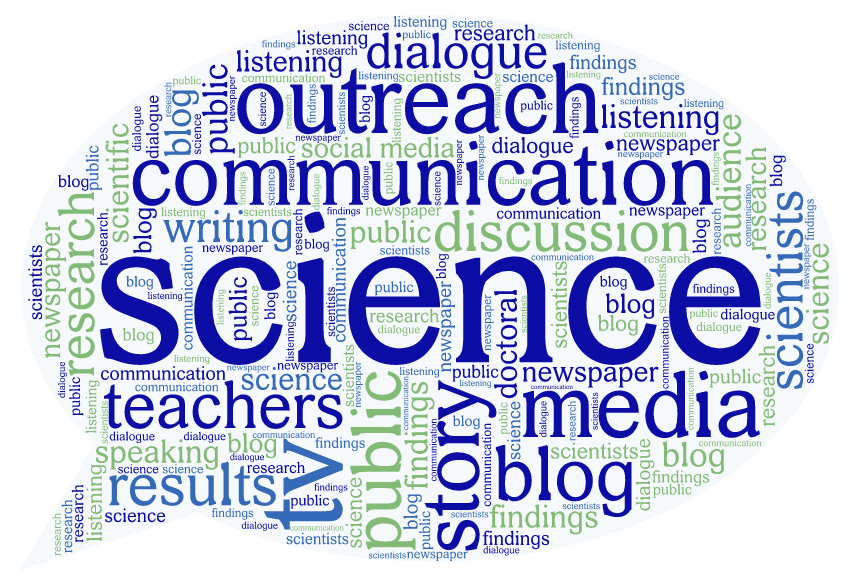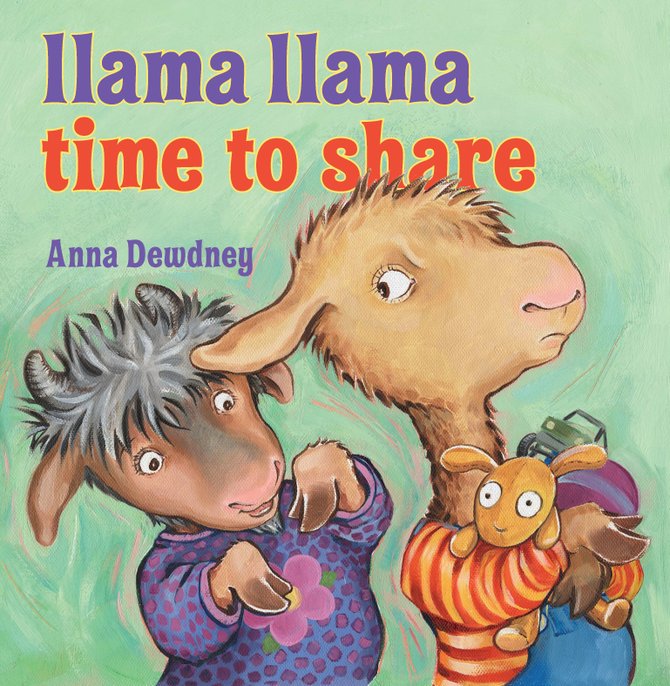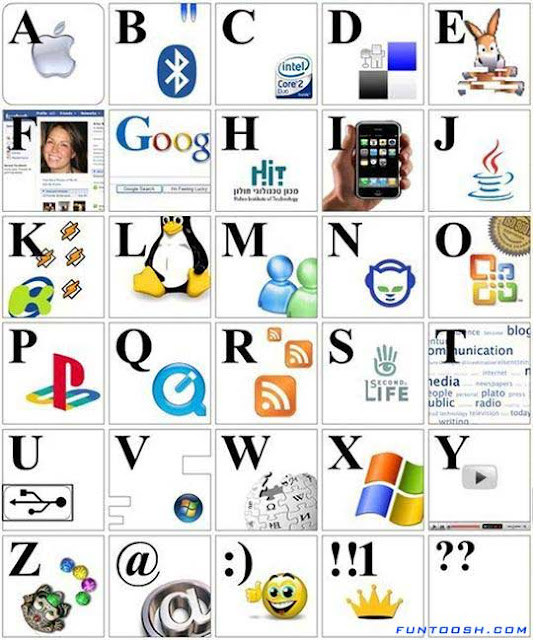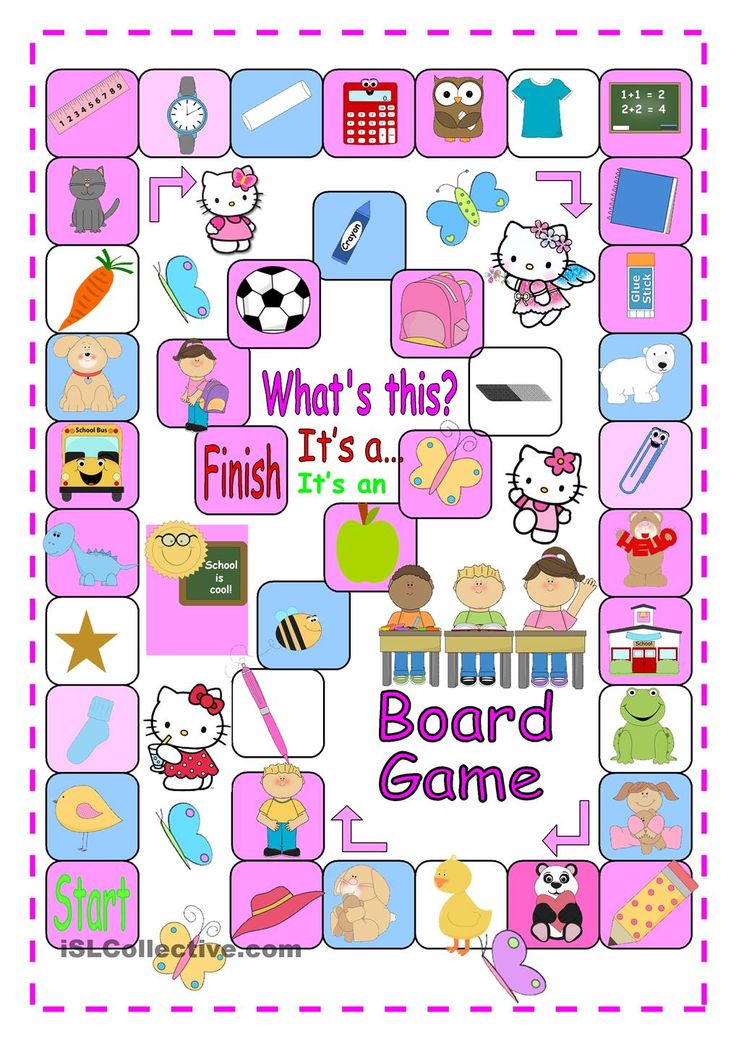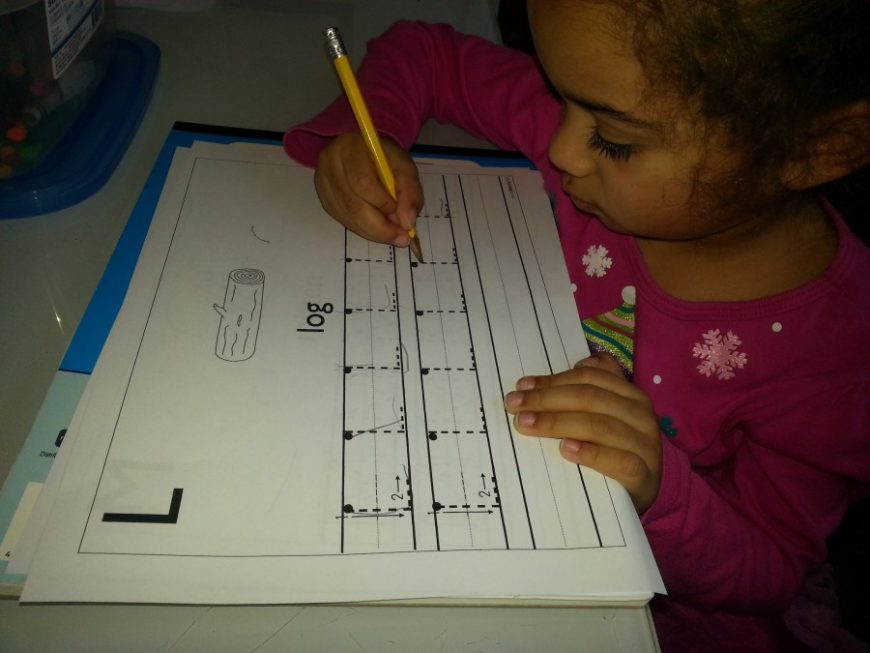Read play learn
Teacher's Guide for Read, Play, and Learn!®
Storybook Activities for Young Children
Look Inside >
Toni W. Linder, Ed.D.
Early Childhood
This detailed Teacher's Guide for the Read, Play, and Learn!® curriculum helps teachers and program directors in choosing materials, arranging their classrooms, using the curriculum to enhance children's skills, and identifying children's developmental levels so that appropriate modifications can be made.
|
Paperback $45.00 Add to Cart |
Request an Exam Copy
- Product Details
- Table of Contents
- Reviews
- Contributors
- Training
- Free Resources
| STOCK NUMBER | ISBN |
| 64006 | 978-1-55766-400-6 |
| COPYRIGHT | PAGES |
| 1999 | 256 |
| AVAILABILITY | |
| Available Stock |
This detailed Teacher's Guide for the Read, Play, and Learn!® curriculum helps teachers and program directors in choosing materials, arranging their classrooms, using the curriculum to enhance children's skills, and identifying children's developmental levels so that appropriate modifications can be made. Key features include:
- Discussion of research on emergent literacy with specific suggestions on how teachers can use the activities in Read, Play, and Learn! to support learning and skill acquisition in their students. There are also guidelines on creating a literacy-rich environment in the classroom and creating opportunities for reading and writing. An appendix contains a list of suggested materials for each stage of literacy development.
- Descriptions of the three levels of learning—sensorimotor, functional, and symbolic—with guidelines on how teachers can identify a child's learning level and modify classroom activities to meet his or her individual needs. There are also suggestions on how teachers can use curriculum activities to encourage each child's cognitive, social-emotional, communication, and sensorimotor development, no matter their level of learning. An entire chapter devoted to ways you can involve families in their children's education, including photocopiable handouts teachers can give to parents that describe the curriculum and ways parents can support their children's learning.
- List of materials recommended for each center and learning area. Chapters on adapting the curriculum for students with visual or hearing impairments.
 Master planning sheets to help teachers plan activities for each center and learning area for an entire week.
List of resources on accommodations and curricula for early childhood classrooms.
Suggestions on how to get your classroom ready to use Read, Play, and Learn!, with descriptions of each of the centers and guidelines for arranging the classroom and planning a daily schedule.
Master planning sheets to help teachers plan activities for each center and learning area for an entire week.
List of resources on accommodations and curricula for early childhood classrooms.
Suggestions on how to get your classroom ready to use Read, Play, and Learn!, with descriptions of each of the centers and guidelines for arranging the classroom and planning a daily schedule.
This Teacher's Guide is part of Read, Play, and Learn!, an innovative, play-based curriculum for children 3–6 years of age that promotes general development and boosts cognitive, sensorimotor, communication/language, social, and emerging literacy skills. The curriculum includes a series of 16 instructional modules, each designed around a popular storybook.
These Read, Play, and Learn! modules are available separately:
- The Kissing Hand, by Audrey Penn (no longer available)
- Somebody and the Three Blairs, by Marilyn Tolhurst
- Picking Apples & Pumpkins, by Amy and Richard Hutchings
- The Little Old Lady Who Was Not Afraid of Anything, by Linda Williams
- The Knight and the Dragon, by Tomie dePaola
- Abiyoyo, by Pete Seeger
- Night Tree, by Eve Bunting
- The Snowy Day, by Ezra Jack Keats Collection
These Read, Play, and Learn! modules are available separately, or as Collection 2:
- A Porcupine Named Fluffy, by Helen Lester
- First Flight, by David McPhail
- Friends, by Helme Heine
- The Three Billy Goats Gruff, by Janet Stevens
- The Three Little Javelinas, by Susan Lowell
- A Rainbow of Friends, by P.
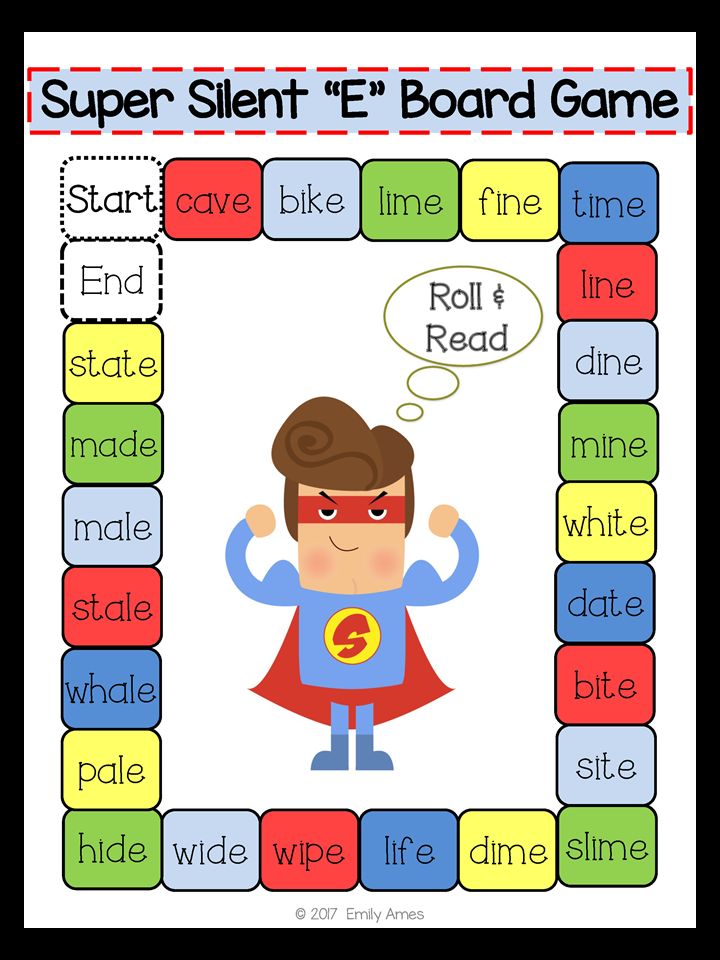 K. Hallinan
K. Hallinan - Franklin Has a Sleepover, by Paulette Bourgeois and Brenda Clark
- The Rainbow Fish, by Marcus Pfister
About the Author
Foreword: Teacher to Teacher: A Personal View of Read, Play, and Learn!
Regina "Patsy" Boughan
Acknowledgments
Making Learning Fun: A Glimpse at the Read, Play, and Learn! Curriculum
- What Is Read, Play, and Learn!?
- Read + Play = Learn
- Getting Your Classroom Ready
- Levels of Learning and Domains of Development
- When a Child in Your Classroom Has a Hearing Loss
Ann D. Bruce -
When a Child in Your Classroom Has a Visual Impairment
Tanni L. Anthony - The Emergence of Literacy
Malinda Etzler Jones and Karen Crabtree - Encouraging Family Involvement with Read, Play, and Learn!
Susan M. Moore and Toni W.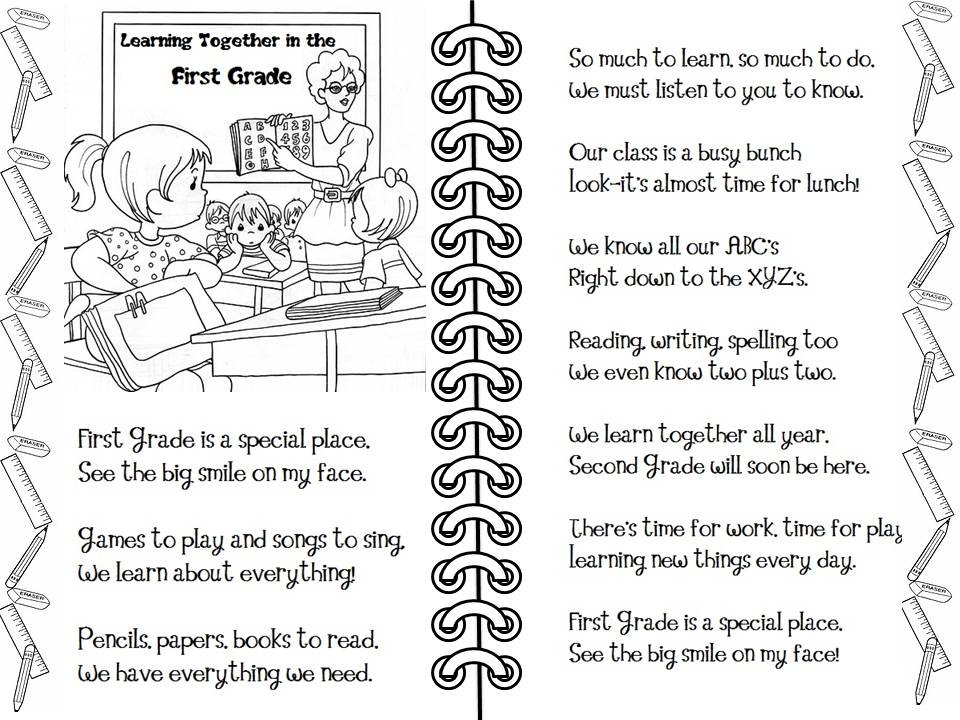 Linder
Linder
Appendix
Index
|
|
|||
| Review and Rate this Item | |||
Author: Toni W. Linder Ed.D. Chapter Authors: Tanni L. Anthony Ph.D., Karen Crabtree, Malinda Etzler Jones, Susan M. Moore, Ann D.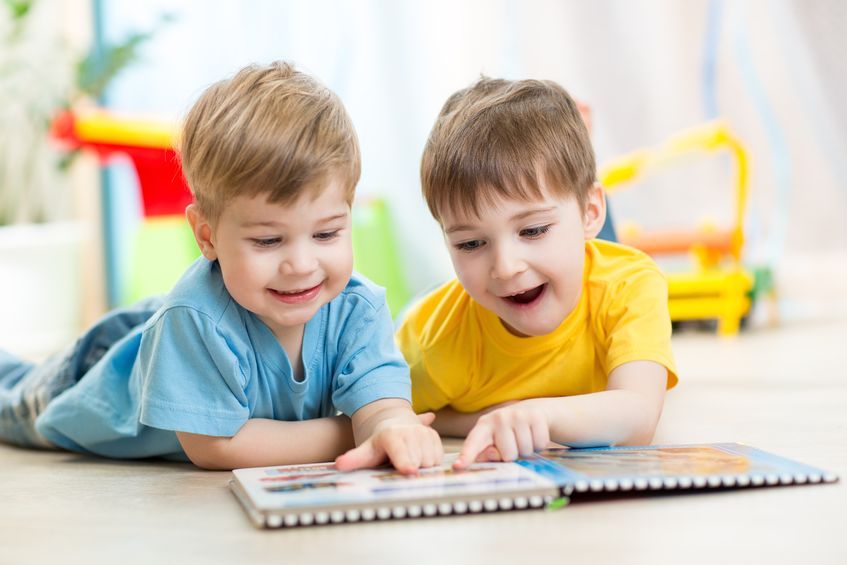 Bruce Foreword Author: Regina "Patsy" Boughan
Bruce Foreword Author: Regina "Patsy" Boughan
Get customized on-site training from the experts behind this tool!
Read the research base for Read, Play, and Learn!
A Brief Overview
Download the alignment
How Our Early Childhood Products Align with the Head Start Child Development and Early Learning Framework
-
Transdisciplinary Play-Based Assessment, Second Edition (TPBA2)
Early Childhood
$54.95
-
Phonemic Awareness in Young Children
Early Childhood, Special Education
$32.95
-
Read, Play, and Learn!® Collection 2
Early Childhood
$99.
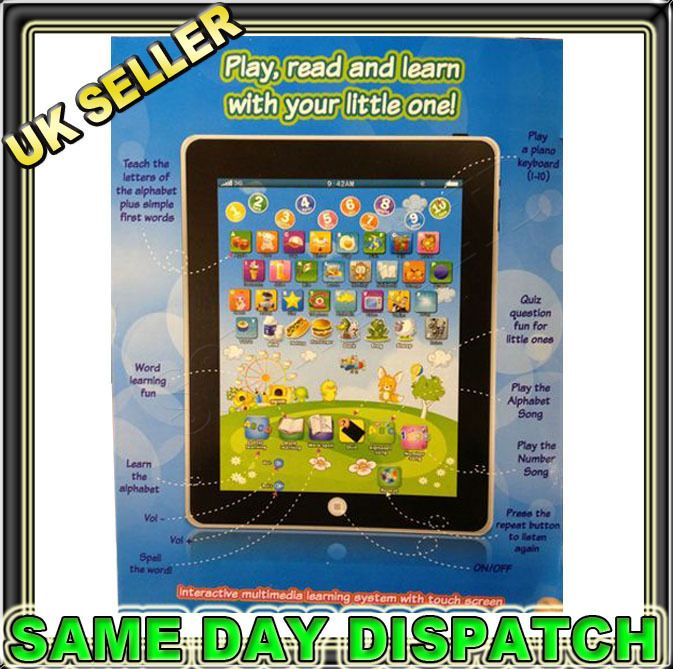 00
00
-
Story Friends™ Classroom Kit
Early Childhood
$1,199.95
Read, Play, and Learn!® Collection 2
Storybook Activities for Young Children
Toni W. Linder, Ed.D.
Early Childhood
This collection contains storybook modules 9-16 of the Read, Play, and Learn!® curriculum. Each module has been developed around a children's storybook that becomes the basis for 2 weeks (or 10 days) worth of activities.
|
Boxed $99.00 Add to Cart |
- Product Details
- Reviews
- Contributors
- Training
- Free Resources
| STOCK NUMBER | ISBN |
| 64020 | 978-1-55766-402-0 |
| COPYRIGHT | PAGES |
| 1999 | 640 |
| AVAILABILITY | |
| Available Stock |
This Module Collection for the Read Play Learn!® curriculum is a handy boxed set of instructive modules that are linked to popular children's storybooks.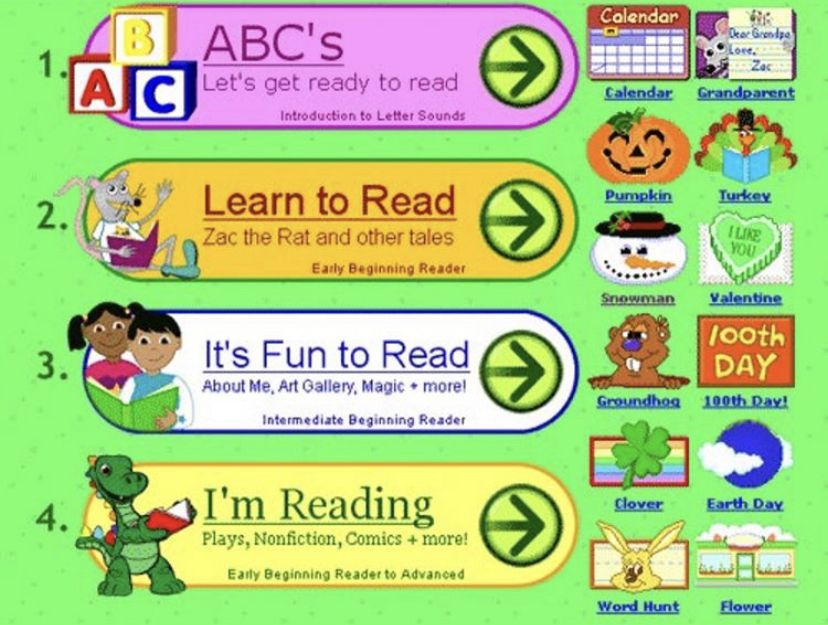 Collection 2 contains Modules 9–16 with ideas and activities thematically linked to the Spring semester. One module is linked to each of these eight popular stories:
Collection 2 contains Modules 9–16 with ideas and activities thematically linked to the Spring semester. One module is linked to each of these eight popular stories:
- A Porcupine Named Fluffy, by Helen Lester
- First Flight, by David McPhail
- Friends, by Helme Heine
- The Three Billy Goats Gruff, by Janet Stevens
- The Three Little Javelinas, by Susan Lowell
- A Rainbow of Friends, by P.K. Hallinan
- Franklin Has a Sleepover, by Paulette Bourgeois and Brenda Clark
- The Rainbow Fish, by Marcus Pfister
Each individually bound module (also sold separately) offers 2 weeks (or 10 days) worth of activities and contains the following sections:
- The Story: A brief summary of the storybook, with information on where to get the book.
- The Planning Sheets: Charts for at-a-glance reference to all of the suggested activities for the 2 weeks.
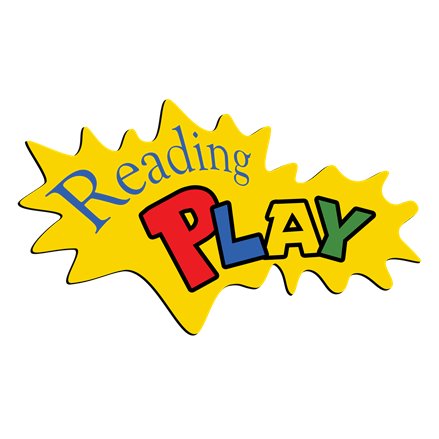
- Vocabulary: A list of the key words and concepts, including labels, action words, and descriptors, to which children can be introduced in the module.
- Materials: A list of the toys and equipment, supplies, food, and other items needed for the module.
- Areas/Centers: A description of 10 days of different activities for each area or center in the classroom, plus suggested modifications for children functioning at the sensorimotor, functional, and symbolic levels of learning.
- How to Involve Families: Sample letters with recommendations to help keep family members or other caregivers informed.
- More Suggestions: Additional storybooks and other activities (e.g., songs, fingerplays, resources, computer games) that can be used with the module.
Modules can be used in the sequence they appear in or in any other order that suits the time of year, your geographic location and climate, or the interests of your learners, or your own needs. All modules contain suggestions for alternative storybooks.
All modules contain suggestions for alternative storybooks.
The storybooks themselves are not included with this collection or the individual modules.
This collection is part of Read, Play, and Learn!, an innovative, play-based curriculum for children 3–6 years of age that promotes general development and boosts cognitive, sensorimotor, communication/language, social, and emerging literacy skills.
|
|
|||
| Review and Rate this Item | |||
Author: Toni W.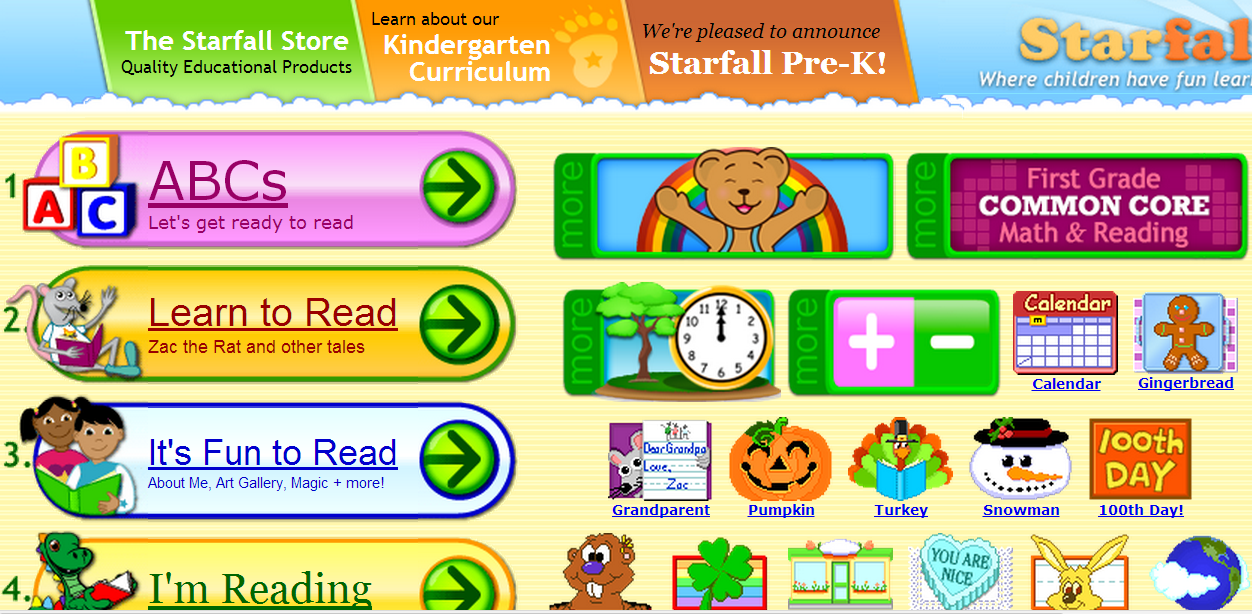 Linder Ed.D.
Linder Ed.D.
Get customized on-site training from the experts behind this tool!
Read the research base for Read, Play, and Learn! A Brief Overview
-
Transdisciplinary Play-Based Assessment, Second Edition (TPBA2)
Early Childhood
$54.95
-
Phonemic Awareness in Young Children
Early Childhood, Special Education
$32.95
-
Teacher's Guide for Read, Play, and Learn!®
Early Childhood
$45.00
-
Story Friends™ Classroom Kit
Early Childhood
$1,199.
 95
95
Smeshariki. Learning to read - tutorial
"Smeshariki. Learning to read” is an educational game for children. An application that helps you go from the first acquaintance with letters to the confident formation of words and sentences. Together with your favorite characters: learn letters, read by syllables, expand your vocabulary and spend time with benefit!
Dear mothers, fathers, grandparents!
Our dream is that children love to read as much as they love to play.~
And dreams need to be made into reality, so we created an application for a fun and exciting learning to read for children from 4 to 7 years old.
Do you want to help your preschooler learn to read? Then pay attention to the application "Smeshariki. Learning to read." This is a real original interactive primer!
Method
The educational game methodology was developed by a team led by Maria Sergeevna Filateva, Associate Professor of the Department of Speech Therapy at the Institute of Childhood, Moscow State Pedagogical University.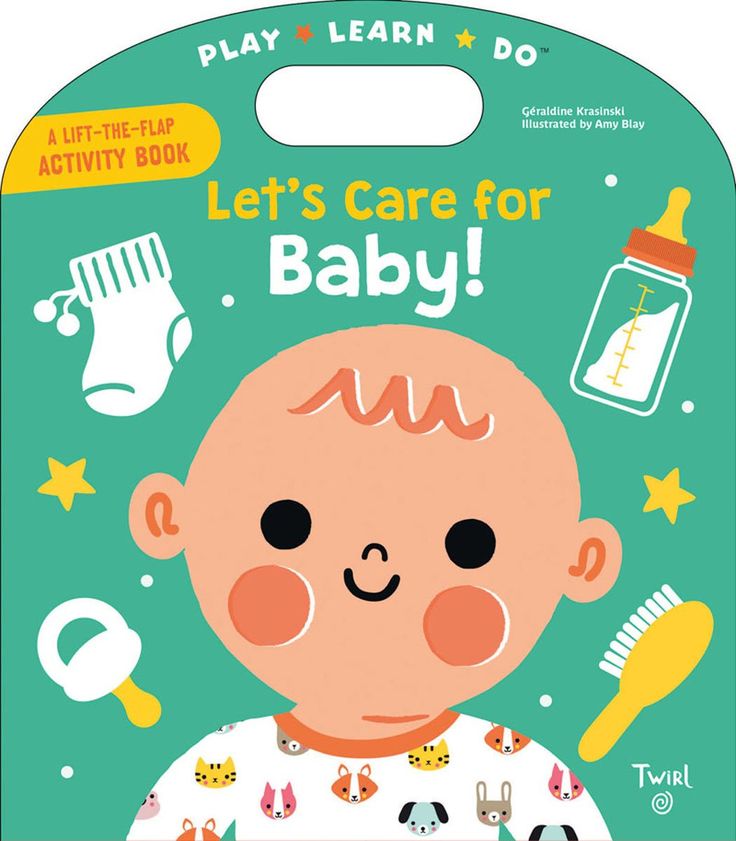 She is a speech therapist, teacher of Russian language and literature with more than 15 years of teaching experience in her specialty. Under her leadership, games were developed that will quickly and effectively help your child learn to read.
She is a speech therapist, teacher of Russian language and literature with more than 15 years of teaching experience in her specialty. Under her leadership, games were developed that will quickly and effectively help your child learn to read.
| The essence of our method is a synthesis of classical and modern approaches to teaching reading, embodied in a new interactive format that is interesting for modern children. Complex tasks. Our games will not only help your child learn to read, but also develop his thinking, attention, memory and speech. The secret of success. Combining all stages of learning to read in one game space. No more downloading multiple apps! |
Stages of learning to read
The methodology presents all the main stages of teaching reading:
- work with sound, since it is the sound that we pronounce and correlate with a graphic image - a letter;
- work with the image of a letter: grapho-motor features of writing printed letters, optical-spatial arrangement of elements of individual letters, often reproduced incorrectly by children in writing, and the relationship between a letter and sound;
- reading syllables: working out the technique of syllabic reading, developing the skill of reading different types of syllables;
- reading words: practicing reading words of different syllabic structures with an increasing degree of complexity;
- reading sentences and short texts of varying degrees of complexity.
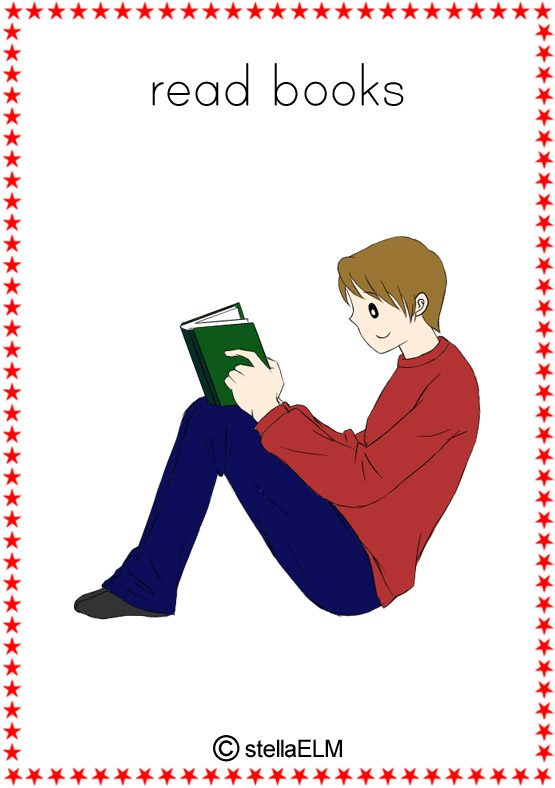
Sections
Learning sounds and letters | Reading syllables | Words and sentences | Choose from pre-made lessons |
|---|---|---|---|
| Even if a preschooler already knows the letters, this is an important stage for the subsequent mastery of reading. The child learns to hear the sound in the word (sound analysis of the word), gets acquainted with the image of the letter, assembling it from parts and prescribing, and works out the relationship between the letter and the sound. | Having mastered the first sounds and letters, the child will immediately be able to proceed to the compilation of syllables and words. The section contains games for the ability to hear a syllable and find it, to assemble a syllable from letters, to practice the technique of syllabic reading, to read different types of syllables. | All words and sentences in the games are chosen in such a way that they take into account the material already covered. The difficulty increases gradually, allowing the child to move step by step and gain more confidence in their abilities. | The child can do it on his own! Start learning with lessons collected specifically for your baby by teachers. These are not separate mini-games. These are ready-made collections of tasks, the performance of which consistently forms the reading skill based on one letter being studied. Passing them, the child will learn to read step by step. Make progress by practicing every day! |
| | | | |
Choose from pre-made lessons
Start learning with lessons collected specifically for your child by teachers.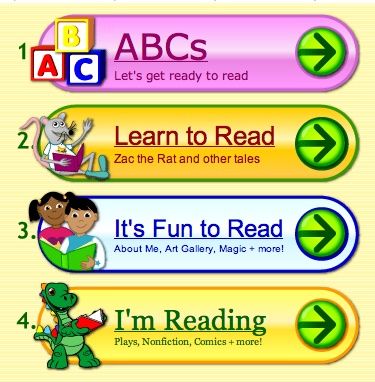 These are not separate mini-games! These are ready-made collections of tasks, the performance of which consistently forms the reading skill based on one letter being studied. Even if the child already knows the letters, learning is built with reference to them, which gives deeper and more important knowledge for learning to read. Make progress by practicing every day!
These are not separate mini-games! These are ready-made collections of tasks, the performance of which consistently forms the reading skill based on one letter being studied. Even if the child already knows the letters, learning is built with reference to them, which gives deeper and more important knowledge for learning to read. Make progress by practicing every day!
We recommend taking one lesson per day. This is due to the fact that the process of reading for a non-reader can seem complicated and lengthy. The time of passing one lesson correlates with the physiological capabilities of a preschool child. After completing the lesson, you can do exercises that reinforce the material covered. For example, to mold a studied letter from plasticine; write a letter on paper and attach it to objects in the name of which it is; read during walks accessible simple words with studied letters on signs, advertisements, etc.
Why choose lessons?
| Letter order. | Learning sounds, not letters. Not the letter "ER", but the sound "P" or "Pb", we do not name letters with overtones. | Dealing with errors. Tasks in the lessons are evaluated depending on the attempt with which the child was able to give the correct answer. If necessary, it is possible to return to any completed task and improve the previous result, collect the remaining reward stars. | Learning without adults. The tasks in the lessons are designed by professional teachers in such a way that the child can complete them both independently and with the help of adults. |
System of awards and achievements
Play well! Educational application "Smeshariki. Learning to read ”will help a preschooler not only gain new knowledge, but also spend time excitingly and usefully. The system of short-term and long-term motivation will help the child not to lose interest in learning.
| Fairy tales that you can also play. The game has an overall fascinating storyline. The child must complete an important game mission - to save fairy-tale heroes. Audio stories about Smeshariki. Listen to funny stories about your favorite cartoon characters and follow the text. And after successful learning, the child will be able to read the stories on their own. Albums with stickers. Expanding vocabulary. The child will be pleased with beautiful stickers that will teach him new and interesting words on different topics. |
Statistics
| The educational application has a special section "Statistics". Thanks to the information collected in it, parents have the opportunity to monitor the progress of the child and understand how the material is being mastered. |
Pleasant bonuses
|
Success recipes
Dear adults! To help your child learn to read with our app, we recommend:
- If possible, be next to the child while he is working with the developmental application in order to rejoice at his successes, support him in case of failures, comment on those points that the preschooler does not understand.
- Try to communicate more with the child, be interested in which tasks he liked, which ones he did not, which tasks he completed and which he did not cope with and why, how he himself evaluates his success. This will help develop self-criticism, speech, the ability to introspection.
- To protect the health of the child, limit the time he spends at the computer.
Play well! And we always welcome your feedback, any feedback and advice.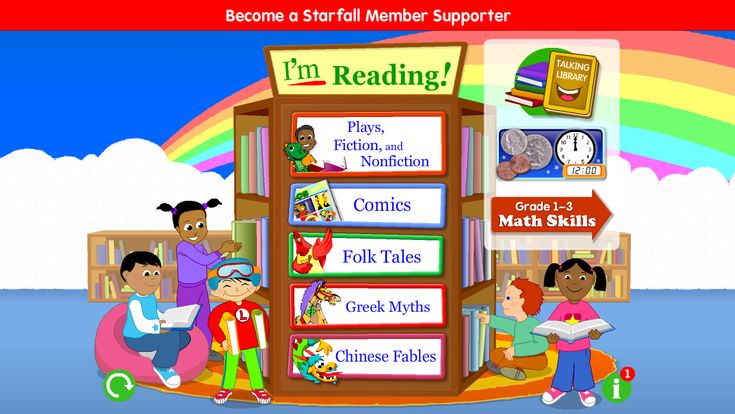 Write to us: [email protected]
Write to us: [email protected]
The educational application is designed specifically for children aged four years and older, full of animation and colorful graphics, the game is fully voiced, and the interface is simple and understandable to the child.
OS: Requires iOS 10.0 or later. Android 4.4 and up
Size: 525 MB
Product price: Evaluation version is available for free in the AppStore and Google Play stores. The cost of the full version is indicated in the application and may change over time.
© 1C-Publishing LLC
© OOO "Marmalade Media"
10 games to learn to read
Learning to read doesn't have to be boring . And we already know that children learn best by playing. Let's look at some simple games that we can learn to read at home and also have a good time with them.
We have already seen in other articles such as "Tips to Encourage Reading" The benefits of reading for children.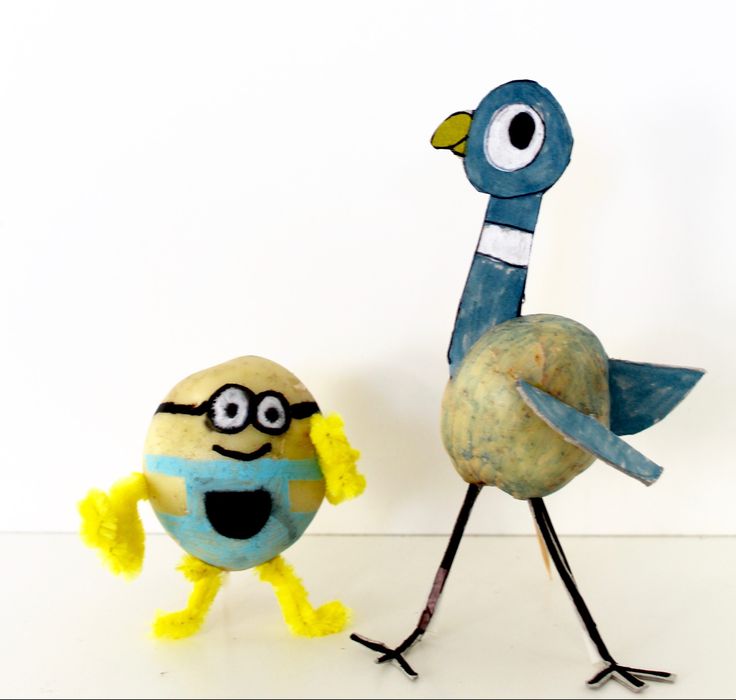 It is the basis of all their learning, and if they have a good reading base, it will be easier for them to absorb what they study and read.
It is the basis of all their learning, and if they have a good reading base, it will be easier for them to absorb what they study and read.
Index
- 1 When is the best time for children to learn to read?
- 2 10 Games to learn to read
- 3 VUO
- 4 Signed letters
- 5 written soup
- 6 Crucigars
- 8 Scattergories
- 9 cards
- 10 what word is in the letter
- 11 Palms and syllables
- 12 vowels
When is the best time for children to learn to read?
Various. Each child is individual and has its own rhythm. There are children who study earlier and others who study later. Yes indeed, for this you will need some knowledge of the language . The guideline age for learning to read is about 6 years old . But before that, we can do exercises and games to facilitate their learning in a playful way.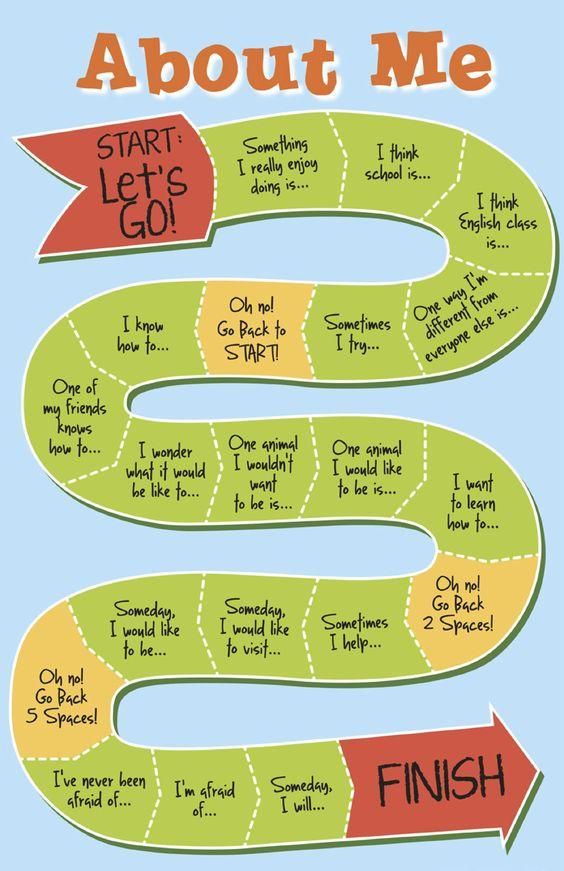
10 games to learn to read
Before learning to read, we need to know the letters themselves, syllables, phonemes (sounds) and their graphic representation (graphemes). And there is no better way than with games for life it can be done by the whole family. Never force a child to learn to read, otherwise he will get accustomed from the very beginning. It must be something funny.
Let's see which games are worth learning to read.
Veo Veo
Classic classic . The game we played in the car when we went on long family trips and there were no tablets or mobile phones to keep us entertained. To adapt it to learning to read instead of colors we can use things or people that start with a certain word or syllable . "I see, I see ... a little thing that starts with the letter M." It should be something that is in his vocabulary, and the child can recognize it from the stories and books that you usually read to him.
The higher your general vocabulary, the easier it will be to learn to read. To do this, you can use an extensive vocabulary and explain words that he does not understand.
Signed letters
Another interesting game is to ask the child to represent the shape of the letter we decided . Start with the vowels that are easiest for them.
Written soup
One way learn by eating . Word search is very popular among children because they entertain themselves and eat at the same time. You can ask him to compose a word or let him choose what he wants.
Crucigrams
Life time . They need to have a basic level of reading to do them. We can help you by filling in some of the gaps to make it easier for you to recognize the words.
Plasticine
Children love plasticine. We may ask you to generate a specific letter.
Scattergories
Or equivalent.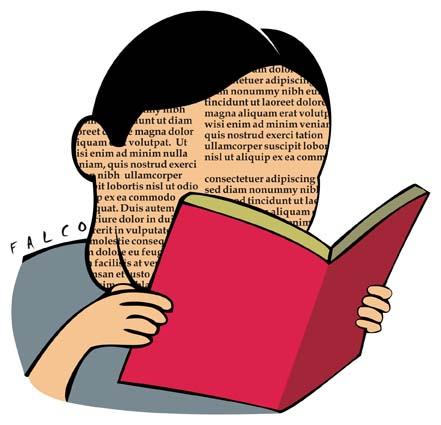 We choose a letter and ask the child to write as many words as possible that begin with this letter.
We choose a letter and ask the child to write as many words as possible that begin with this letter.
Cards
Cards are a great learning resource. On , several cards write different syllables and ask the child to compose words from them . When you're done, say the word out loud.
What word is in the letter
Several words are written, and the child is asked to name either something in common, or to search among them for words containing a certain letter.
Palms and syllables
The game that amuses them a lot is dividing words into syllables and at the same time touching with palms . MAR-GA-RI-TA, AR-BOL. They find it very funny. You can also do this in writing and clap your hands every time you use a hyphen to separate syllables.
vowels
Vowels are the letters they usually learn first. To do this, we can give you pictures or cards with words that begin with a certain vowel.
Learn more

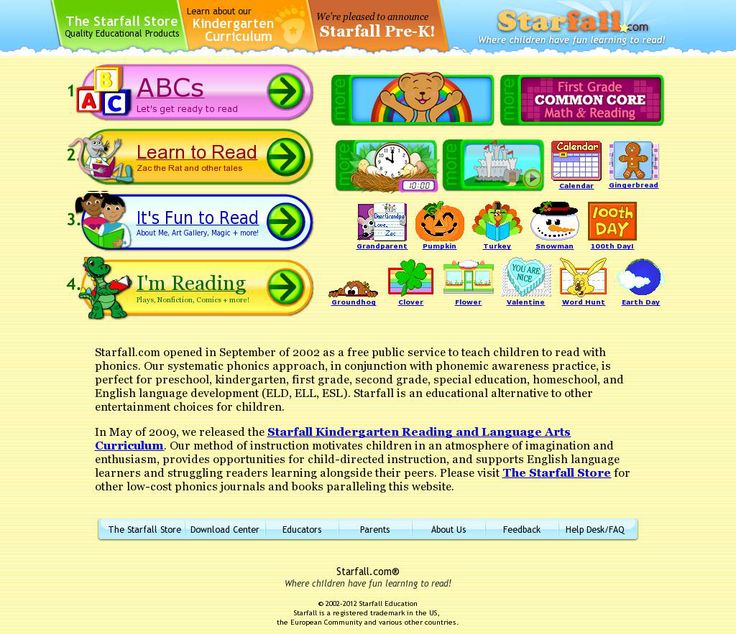
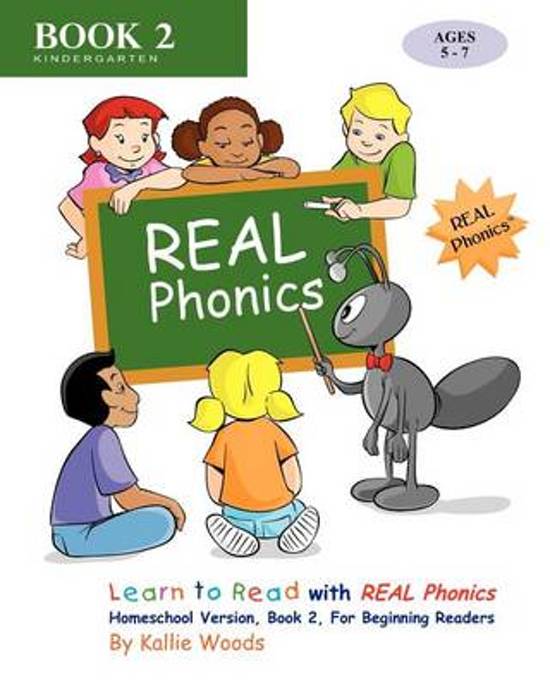 In the game, the letters are not given in alphabetical order, and almost immediately, with the letters already learned, the child begins to read by syllables. The material is given from simple and frequently occurring letters in words to more complex and rare ones. So the child will learn to read from the very first steps.
In the game, the letters are not given in alphabetical order, and almost immediately, with the letters already learned, the child begins to read by syllables. The material is given from simple and frequently occurring letters in words to more complex and rare ones. So the child will learn to read from the very first steps.  All tasks are fully voiced and filled with tips.
All tasks are fully voiced and filled with tips. 

